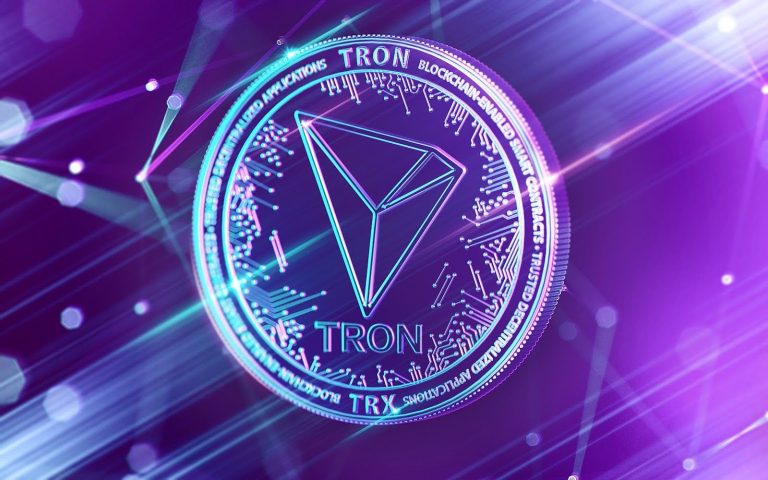As the US presidential election approaches and the race tightens, business leaders are delaying key decisions until after November, according to organizational consulting firm Korn Ferry.
With the two presidential candidates—former President Donald Trump and Vice President Kamala Harris—offering only broad outlines of their policies, companies are waiting for more specific details before moving forward with critical plans.
Korn Ferry reports that this election uncertainty has led to a decline in mergers over the past two years. Additionally, the US has revised its job creation estimate downward by over 800,000 for July 2024.
Companies are also hesitant to make significant investments or hire new employees while the election outcome remains uncertain.
Alan Guarino, Vice Chairman of Korn Ferry’s CEO and Board Services Practice, noted that while executives are keen to understand the candidates’ positions, they require detailed policy specifics before making strategic decisions.
He said,
Even if the positions don’t make the C-suite happy, they need clarity so they are in a position to make their plans.
Key issues: trade policies, corporate tax rate
Business leaders are particularly interested in policies surrounding trade, corporate tax rates, antitrust regulations, and healthcare costs.
Leaders are keenly aware of the impact of tariffs and embargoes on supply chains, and, with the election coming just as prices are starting to ease for consumers, they want to ensure that those supply chains keep running, regardless of who wins.
Nels Olson, global leader of government affairs at the firm pointed out that “key issues like this are still to be determined,” highlighting the uncertainty gripping many industries.
The fall in the number of mergers and number of jobs added in July reflects the declining pattern of investment which is a result of high political uncertainty.
Need for confidence in the economy before hiring
Uncertainty is paralyzing business decisions in both the short and long term.
Companies are reluctant to make significant investments or hire new employees while awaiting the outcome of the election.
Jane Edison Stevenson, global vice chair of the board and CEO services practice at Korn Ferry said that companies need confidence in the economy before moving forward.
“After nearly two years preparing for a recession, companies need confidence that the economy is headed in the right direction before they start hiring again,” she says.
Executives are aware that the first year of a new president’s term is often the most significant in terms of policy changes, particularly if the president’s party controls Congress.
Olson notes that this could shape the business environment in 2025, with companies needing to adapt quickly to new policies.
He advises firms to be proactive:
With the different scenarios that can play out, companies have to be ready to promote or defend their positions.
The post US presidential election uncertainty causing businesses to delay plans until November: Korn Ferry appeared first on Invezz










